Remember back when BP severed the riser, so they could install the cap, the one that finally controlled the spill? Here is a photo taken by an ROV just after the severing was completed.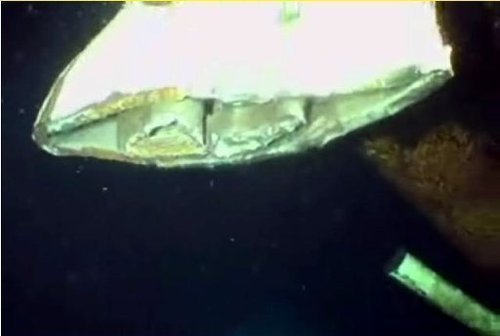
The photo shows the outer shell of the riser, at one time a 21-inch cylinder, collapsed like a Coke can by the severing tool. Inside the collapsed riser are what appear to be two joints of 6-inch diameter drill pipe, also collapsed from the shearing process.
Wait-a-hold-it! TWO DRILL JOINTS OF PIPE?!
Yep, there appear to be two drill strings, side-by-side, where there should be only one. Not only shouldn’t the second one be there, it’s hard to imagine how it could have possibly gotten there. Either it was dropped from above, or the drill pipe parted downhole, but either way it seems plausible that there could be two strings inside the blind/shear rams, the key BOP component that failed to operate and secure the well.
To me, this image presents the biggest, and perhaps most important puzzle of the spill so far.
(For you fans of CSI, this is the equivalent of finding out that a “suicide” victim died of six gunshot wounds to the back of the head. At the very least, someone’s got some ‘splainin’ to do.)
If true, this would be evidence of some catastrophic failure for which no one, as far as I know, has offered a plausible explanation. The only humans who might know how this happened (short of a forensic examination of the riser and BOP) sadly perished in the explosion.
Significantly, this second drill pipe, if it extends down through the BOP, would provide a plausible explanation for the failure of the BOP to close by shearing the drill pipe. The shear rams are designed to shear a single string of drill pipe under operating conditions, not two strings.
It’s very possible that all the speculation about dead batteries, disabled pods, acoustic switches and failed annular rubbers were all leads down blind alleys. Maybe this second string of pipe explains everything.
So the BOEMRE has virtually the entire offshore industry tied in knots, unable to secure permits, with a new BOP testing protocol in place. All the certified BOP testing shops are backlogged as every BOP in the Gulf is retested and certified.
And after all the testing, certification and retesting, none of them will be able to cut two strings of pipe at once.
It would seem that with the (apparently successful) killing of the well, in the very near future we can recover the Macondo BOP and figure out what happened.
In the meantime, White House Energy and Environment Czarina Carol Browner has joined the “Where Is The Oil?” chorus, explaining that 75% of the spilled oil had been captured, burned, evaporated, eaten by bugs, or was otherwise accounted for. The government’s volume of spilled oil amounted to around 50,000 barrels per day; even I would have trouble telling someone with a straight face that the error bar on that number is less than 25%. I take it the White House now wants the greatest environmental calamity in America’s history to be history.
Well, maybe I can help with that.
The reaction to the BP spill by the government has been to rush in and fix a bunch of things before anyone even knows what is broken. Many of the changes they’ve already enacted relate to environmental impact studies and other permitting procedures that wouldn’t have made one whit’s difference in the severity of, or the response to, the BP spill.
Remember when one of the primary excuses for the moratorium was that, in the event of another catastrophic spill, all of the cleanup assets were already deployed? Well, now that the spill has been controlled for a few weeks, the skimmers are picking up less than a barrel a day offshore. They should be available for other work should it arise. So let’s scratch that excuse.
The failure of the Senate to bring forth an Energy bill is a great victory. With action deferred until after Labor Day, we’ll have a better chance to catch our breath, let the media hysteria die down, and make a rational assessment of the true impact of the spill.
It’s time for us grown-ups to face some tough questions:
- Do the national and strategic benefits of the domestic oil industry outweigh the risks?
- Is there an acceptable level of environmental risk?
- Are we willing to let a biased and unscientific environmental community, along with media predisposed to hysteria and hyperbole, dictate the national consensus on such a vital issue?
- Are the proposed regulatory remedies a meaningful improvement, or merely a complication?
In the meantime, let us get back to work. That means not only an end to Ken Salazar’s deepwater drilling moratorium (which defies public opinion, the will of the Louisiana people and the Federal courts), but also an end the de facto shallow water moratorium, a classic case of paralysis by analysis on the part of the BOEMRE.
Cross-posted to VladEnBlog.


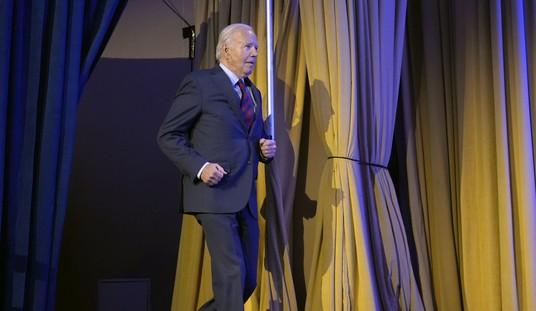





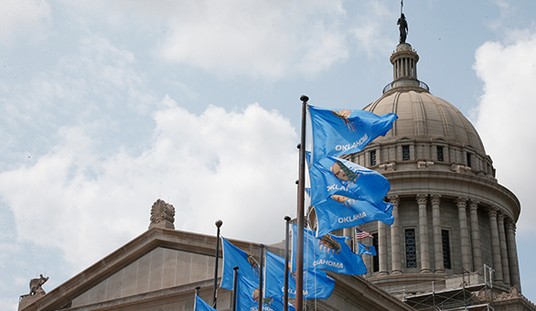

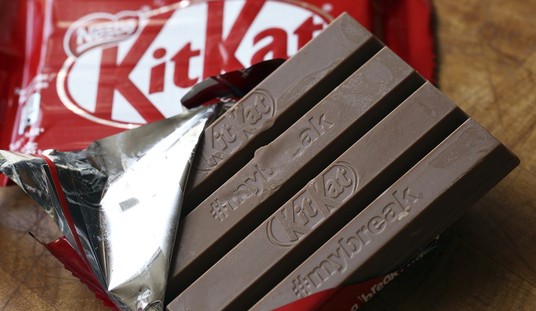
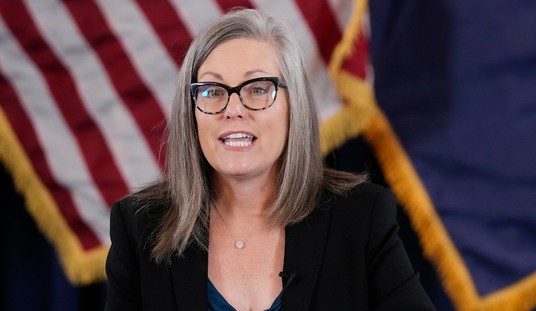

Join the conversation as a VIP Member